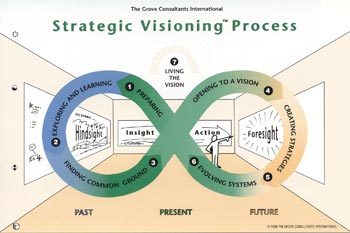 If anyone knows me, you probably know that I don’t watch television. I find that TV is a time waster. However, I do tend to watch movies on Cable and Netflix and recently, in a need to decompress, my wife and I have been watching a few different TV shows. Last night my wife made a very interesting revelation. She said, “After watching these shows, I think I’m growing to not trust anyone anymore.”
If anyone knows me, you probably know that I don’t watch television. I find that TV is a time waster. However, I do tend to watch movies on Cable and Netflix and recently, in a need to decompress, my wife and I have been watching a few different TV shows. Last night my wife made a very interesting revelation. She said, “After watching these shows, I think I’m growing to not trust anyone anymore.”
After some thought and a review of what we’ve been watching, she’s right. The four shows that we’ve absorbed are The Agents of Shield, Arrow, Continuum (she’s watched this, I haven’t), and Merlin. In all of these television shows, there are lying and conniving characters right in your midst. No one tells the truth and everyone is living out separate lives on the screen.
Now, I don’t watch a lot of TV, but I did, and many people do. Think about this influence. Are all TV shows the same–they live out a drama of a series of lies and deceits where the characters are all hiding something sinister from the rest of the characters? Think about this influence in our youth…
This is what we’re taught. Life is full of half truths and no one…not even yourself can be trusted. Then they enter the work world, where everyone is lying…everyone is living a secret life. Think about our ability as employees to trust when we grew up in this environment. The constant digital bombardment of “this is the way it is” from television shows. In work today, the need and importance for trust is paramount. Authors and consultants make millions off the concept, yet all the while, our environment is destroying your ability to trust.
Are we fighting a war that we have already lost? I trust that you’ll think about this.

 Leadership is a dying art in the world today. The great leaders of the past are found few-and-far between these days. There are some that have been fairly successful that have rose to an iconic status, but have they been truly great leaders or just really successful at running something?
Leadership is a dying art in the world today. The great leaders of the past are found few-and-far between these days. There are some that have been fairly successful that have rose to an iconic status, but have they been truly great leaders or just really successful at running something?

